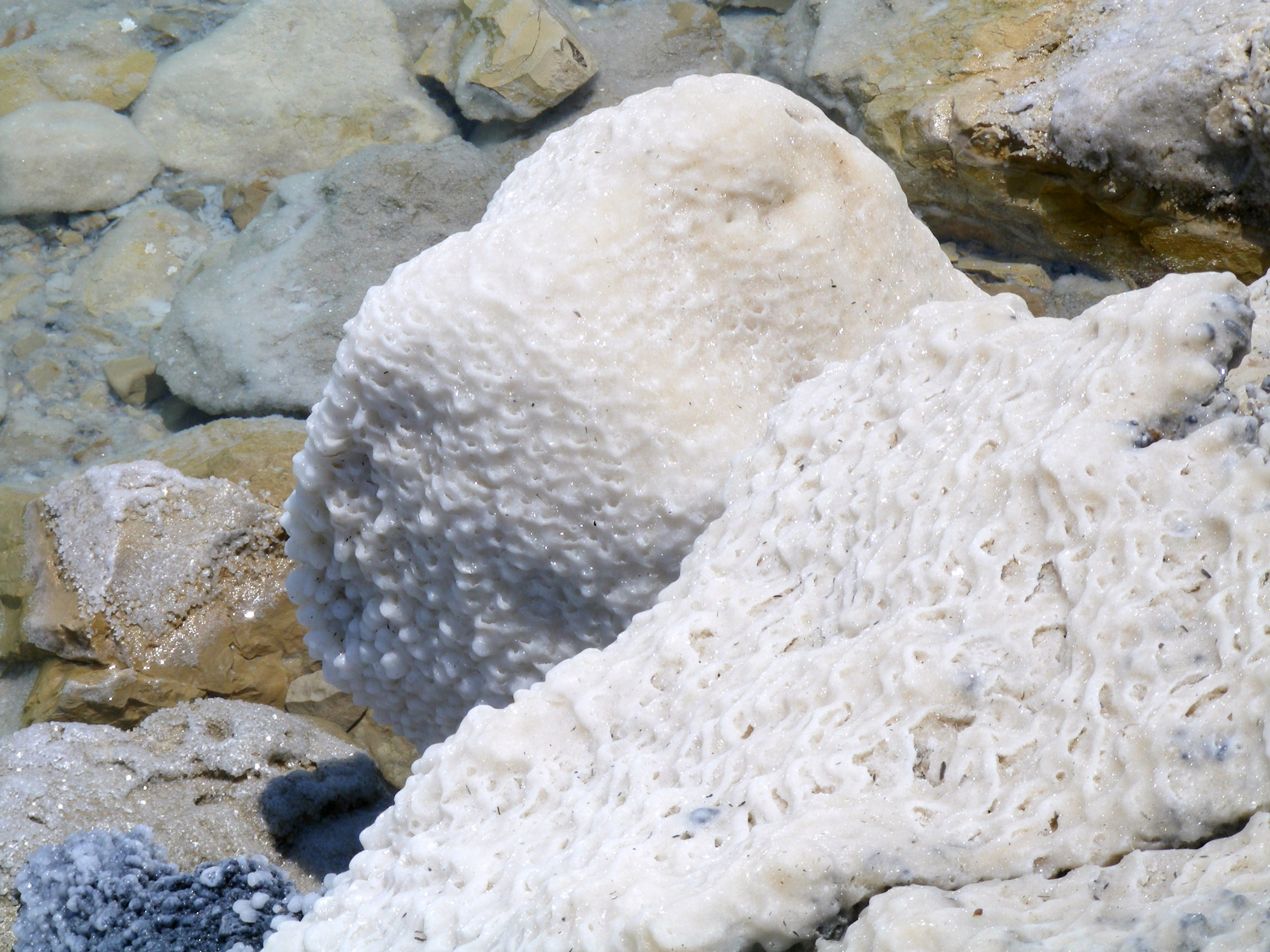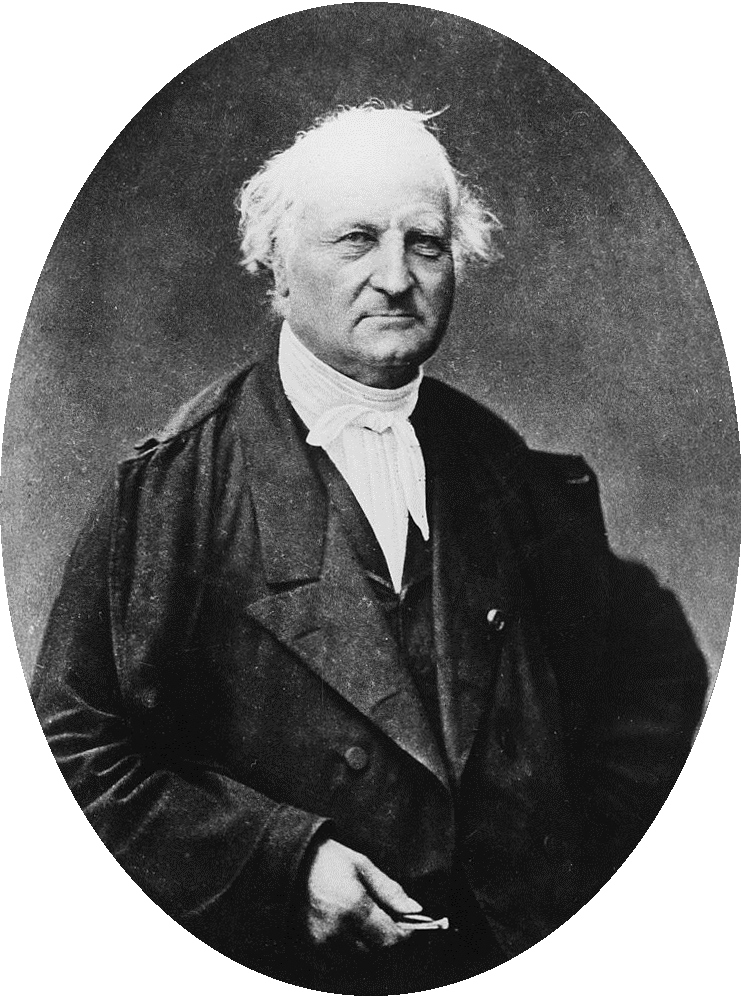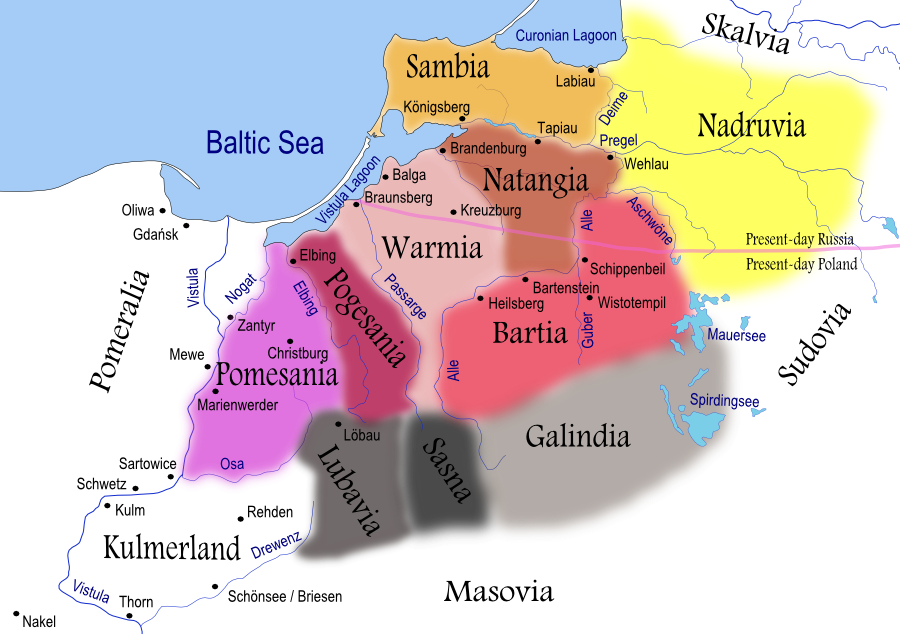|
Ciechocinek Graduation Towers
The Ciechocinek graduation towers are a complex of three brine graduation towers, erected in the nineteenth century in Ciechocinek, in the Kuyavian-Pomeranian Voivodeship, Poland. They constitute the largest wooden structure of this type in Europe. The complex of graduation towers and salt breweries, together with two surrounding parks, are designated as a Historic Monument. History The towers were designed by Jakub Graff, professor of the Mining Academy in Kielce, based on the brine sources discovered here back in the second half of the eighteenth century, although the local community extracted and brewed salt as early as in the thirteenth century under the permissions given by Konrad I Mazowiecki. The graduation tower I with a capacity of and the graduation tower II with a capacity of , were built between 1824 and 1828. The graduation tower III with a capacity of , was built in 1859. The base of the towers is made up of 7000 oak piles driven into the ground, on wh ... [...More Info...] [...Related Items...] OR: [Wikipedia] [Google] [Baidu] |
Sodium
Sodium is a chemical element with the symbol Na (from Latin ''natrium'') and atomic number 11. It is a soft, silvery-white, highly reactive metal. Sodium is an alkali metal, being in group 1 of the periodic table. Its only stable isotope is 23Na. The free metal does not occur in nature, and must be prepared from compounds. Sodium is the sixth most abundant element in the Earth's crust and exists in numerous minerals such as feldspars, sodalite, and halite (NaCl). Many salts of sodium are highly water-soluble: sodium ions have been leached by the action of water from the Earth's minerals over eons, and thus sodium and chlorine are the most common dissolved elements by weight in the oceans. Sodium was first isolated by Humphry Davy in 1807 by the electrolysis of sodium hydroxide. Among many other useful sodium compounds, sodium hydroxide ( lye) is used in soap manufacture, and sodium chloride ( edible salt) is a de-icing agent and a nutrient for animals i ... [...More Info...] [...Related Items...] OR: [Wikipedia] [Google] [Baidu] |
Salt Production
Salt is a mineral composed primarily of sodium chloride (NaCl), a chemical compound belonging to the larger class of salts; salt in the form of a natural crystalline mineral is known as rock salt or halite. Salt is present in vast quantities in seawater. The open ocean has about of solids per liter of sea water, a salinity of 3.5%. Salt is essential for life in general, and saltiness is one of the basic human tastes. Salt is one of the oldest and most ubiquitous food seasonings, and is known to uniformly improve the taste perception of food, including otherwise unpalatable food. Salting, brining, and pickling are also ancient and important methods of food preservation. Some of the earliest evidence of salt processing dates to around 6,000 BC, when people living in the area of present-day Romania boiled spring water to extract salts; a salt-works in China dates to approximately the same period. Salt was also prized by the ancient Hebrews, Greeks, Romans, Byzantines, H ... [...More Info...] [...Related Items...] OR: [Wikipedia] [Google] [Baidu] |
Polish Złoty
The złoty (; abbreviation: zł; code: PLN) is the official currency and legal tender of Poland. It is subdivided into 100 grosz (''gr'').Singular: ''grosz'', alternative plural forms: ''groszy'', ''grosze''. The widely recognised English form of the currency name is the Polish zloty. It is the most traded currency in Central and Eastern Europe and ranks 22nd most-traded in the foreign exchange market. The word złoty is a masculine form of the Polish adjective 'golden', which closely relates with its name to the guilder whereas the grosz subunit was based on the groschen, cognate to the English word groat. It was officially introduced to replace its predecessor, the Polish mark, on 28 February 1919 and began circulation in 1924. The only body permitted to manufacture or mint złoty coins is Mennica Polska, founded in Warsaw on 10 February 1766. As a result of inflation in the early 1990s, the currency underwent redenomination. Thus, on 1 January 1995, 10,000 old złot ... [...More Info...] [...Related Items...] OR: [Wikipedia] [Google] [Baidu] |
Chernobyl Disaster
The Chernobyl disaster was a nuclear accident that occurred on 26 April 1986 at the No. 4 nuclear reactor, reactor in the Chernobyl Nuclear Power Plant, near the city of Pripyat in the north of the Ukrainian Soviet Socialist Republic, Ukrainian SSR in the Soviet Union. It is one of only two nuclear energy accidents rated at seven—the maximum severity—on the International Nuclear Event Scale, the other being the 2011 Fukushima nuclear disaster in Japan. The initial emergency response, together with later decontamination of the environment, involved more than Chernobyl liquidators, 500,000 personnel and cost an estimated 18 billion Soviet rouble, roubles—roughly US$68 billion in 2019, adjusted for inflation. The accident occurred during a safety test meant to measure the ability of the steam turbine to power the emergency feedwater pumps of an RBMK, RBMK-type nuclear reactor in the event of a simultaneous loss of external power and major coolant leak. During a pla ... [...More Info...] [...Related Items...] OR: [Wikipedia] [Google] [Baidu] |
Caesium
Caesium ( IUPAC spelling) (or cesium in American English) is a chemical element with the symbol Cs and atomic number 55. It is a soft, silvery-golden alkali metal with a melting point of , which makes it one of only five elemental metals that are liquid at or near room temperature. Caesium has physical and chemical properties similar to those of rubidium and potassium. It is pyrophoric and reacts with water even at . It is the least electronegative element, with a value of 0.79 on the Pauling scale. It has only one stable isotope, caesium-133. Caesium is mined mostly from pollucite. The element has 40 known isotopes, making it, along with barium and mercury, one of the elements with the most isotopes. Caesium-137, a fission product, is extracted from waste produced by nuclear reactors. The German chemist Robert Bunsen and physicist Gustav Kirchhoff discovered caesium in 1860 by the newly developed method of flame spectroscopy. The first small-scale applications fo ... [...More Info...] [...Related Items...] OR: [Wikipedia] [Google] [Baidu] |
Bromine
Bromine is a chemical element with the symbol Br and atomic number 35. It is the third-lightest element in group 17 of the periodic table (halogens) and is a volatile red-brown liquid at room temperature that evaporates readily to form a similarly coloured vapour. Its properties are intermediate between those of chlorine and iodine. Isolated independently by two chemists, Carl Jacob Löwig (in 1825) and Antoine Jérôme Balard (in 1826), its name was derived from the Ancient Greek (bromos) meaning "stench", referring to its sharp and pungent smell. Elemental bromine is very reactive and thus does not occur as a native element in nature but it occurs in colourless soluble crystalline mineral halide salts, analogous to table salt. In fact, bromine and all the halogens are so reactive that they form bonds in pairs—never in single atoms. While it is rather rare in the Earth's crust, the high solubility of the bromide ion (Br) has caused its accumulation in the oceans. Commer ... [...More Info...] [...Related Items...] OR: [Wikipedia] [Google] [Baidu] |
Chlorine
Chlorine is a chemical element with the symbol Cl and atomic number 17. The second-lightest of the halogens, it appears between fluorine and bromine in the periodic table and its properties are mostly intermediate between them. Chlorine is a yellow-green gas at room temperature. It is an extremely reactive element and a strong oxidising agent: among the elements, it has the highest electron affinity and the third-highest electronegativity on the revised Pauling scale, behind only oxygen and fluorine. Chlorine played an important role in the experiments conducted by medieval alchemists, which commonly involved the heating of chloride salts like ammonium chloride ( sal ammoniac) and sodium chloride (common salt), producing various chemical substances containing chlorine such as hydrogen chloride, mercury(II) chloride (corrosive sublimate), and hydrochloric acid (in the form of ). However, the nature of free chlorine gas as a separate substance was only recognised ar ... [...More Info...] [...Related Items...] OR: [Wikipedia] [Google] [Baidu] |
Iodine
Iodine is a chemical element with the Symbol (chemistry), symbol I and atomic number 53. The heaviest of the stable halogens, it exists as a semi-lustrous, non-metallic solid at standard conditions that melts to form a deep violet liquid at , and boils to a violet gas at . The element was discovered by the French chemist Bernard Courtois in 1811 and was named two years later by Joseph Louis Gay-Lussac, after the Ancient Greek 'violet-coloured'. Iodine occurs in many oxidation states, including iodide (I−), iodate (), and the various periodate anions. It is the least abundant of the stable halogens, being the sixty-first most abundant element. As the heaviest essential mineral nutrient, iodine is required for the synthesis of thyroid hormones. Iodine deficiency affects about two billion people and is the leading preventable cause of intellectual disabilities. The dominant producers of iodine today are Chile and Japan. Due to its high atomic number and ease of attachment to ... [...More Info...] [...Related Items...] OR: [Wikipedia] [Google] [Baidu] |
Graduation Tower
A graduation tower (occasionally referred to as a thorn house) is a structure used in the production of salt which removes water from a saline solution by evaporation, increasing its concentration of mineral salts. The tower consists of a wooden wall-like frame stuffed with bundles of brushwood (typically blackthorn) which have to be changed about every 5 to 10 years as they become encrusted with mineral deposits over time. The salt water runs down the tower and partly evaporates; at the same time some minerals from the solution are left behind on the brushwood twigs. Graduation towers can be found in a number of spa towns, primarily in Germany but also Poland and Austria. The mineral-rich water droplets in the air are regarded as having beneficial health effects similar to that of breathing in sea air. A large complex of graduation towers is located in Ciechocinek and Inowrocław, Poland.Affelt, Waldemar: Wooden masterwork of saline in Ciechocinek, Poland'', in: Santiago Hu ... [...More Info...] [...Related Items...] OR: [Wikipedia] [Google] [Baidu] |
Prunus Spinosa
''Prunus spinosa'', called blackthorn or sloe, is a species of flowering plant in the rose family Rosaceae. The species is native to Europe, western Asia, and regionally in northwest Africa. It is locally naturalized in New Zealand, Tasmania, and the Pacific Northwest and New England regions of the United States. The fruits are used to make sloe gin in Britain and patxaran in Spain. The wood is used to make walking sticks, including the Irish shillelagh. Description ''Prunus spinosa'' is a large deciduous shrub or small tree growing to tall, with blackish bark and dense, stiff, spiny branches. The leaves are oval, long and broad, with a serrated margin. The flowers are about in diameter, with five creamy-white petals; they are produced shortly before the leaves in early spring, and are hermaphroditic, and insect-pollinated. The fruit, called a "sloe", is a drupe in diameter, black with a purple-blue waxy bloom, ripening in autumn and traditionally harvested – ... [...More Info...] [...Related Items...] OR: [Wikipedia] [Google] [Baidu] |
Konrad I Of Masovia
Konrad I of Masovia (ca. 1187/88 – 31 August 1247), from the Polish Piast dynasty, was the sixth Duke of Masovia and Kuyavia from 1194 until his death as well as High Duke of Poland from 1229 to 1232 and again from 1241 to 1243. Life Konrad was the youngest son of High Duke Casimir II the Just of Poland and Helen of Znojmo, daughter of the Přemyslid duke Conrad II of Znojmo (ruler of the Znojmo Appanage in southern Moravia, part of Duchy of Bohemia). His maternal grandmother was Maria of Serbia, apparently a daughter of the pre- Nemanjić ''župan'' Uroš I of Rascia. After his father's death in 1194, Konrad was brought up by his mother, who acted as regent of Masovia. In 1199, he received Masovia and in 1205 the adjacent lands of Kuyavia as well. In 1205, he and his brother, Duke Leszek I the White of Sandomierz, had their greatest military victory at Battle of Zawichost against Prince Roman the Great of Galicia–Volhynia. The Ruthenian army was crushed and Rom ... [...More Info...] [...Related Items...] OR: [Wikipedia] [Google] [Baidu] |






